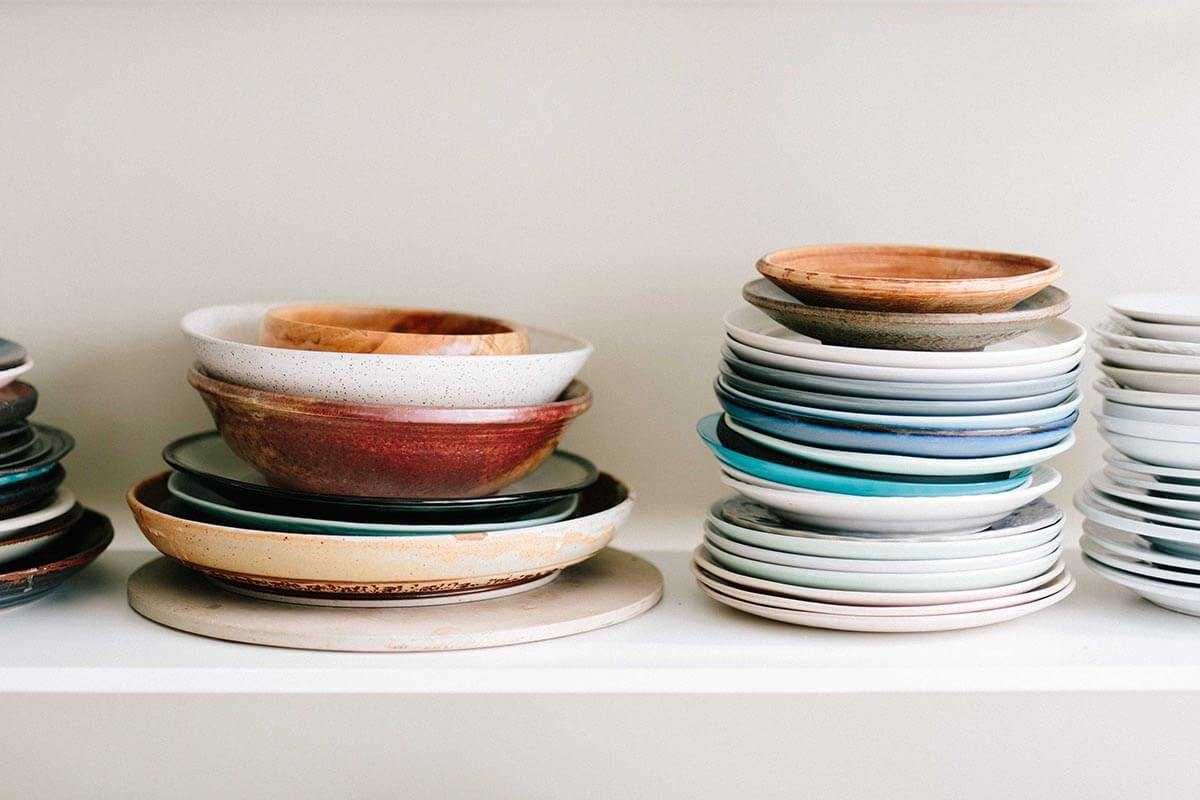The Settlement Process Explained
If you’re curious about settlement, you’re probably getting to the pointy end of buying a home. Which is marvellous news. Or, you’re just a very thorough researcher. Either way, good for you.
June 27, 2017 • 5 min read

Settlement
The road to buying a home is a confusing one. And the settlement process – the final stage in the home loan process – is one that most people (even people who have bought a home before) never really understand. Most likely, because brokers want you to think it’s just so hard and so confusing, you need them to do it all for you. Whoops, did I just say that? Sure did.
In a nutshell, settlement is when the seller receives their payment for the property, and when your home loan begins. Or if you’re refinancing, it’s when your existing lender gets their money back, and when your new loan begins.
Let’s go through the settlement process for when you buy a home, step, by step. In a way that is actually makes sense.
1. Home loan approval ‘in principle’
Get approval in principle to borrow the amount you think you need to buy your home. ‘In principle’ means you’ve been approved to buy a home for up to a certain amount of money, but once you have bought the home, you’ll need final approval for that specific property.
2. Get the house
Make an offer on your new home (for the amount you were approved for). Which is accepted, of course. Yippee!
3. Sign purchase contract, pay deposit
Sign the contract for your new home to seal the deal, and pay your deposit to the agent. This is when you’ll confirm your final settlement date too, which is the date you get the keys to your new home. This day is usually 30 – 60 days from signing contract.
4. Gleeful/smug social media post
Post photo on Facebook of you in front of said home (with SOLD sticker) stating your excellent news, asserting financial security and rousing envy.
5. Get building insurance
You need to insure your property to provide your lender a level of protection (and you, too!) in case something happens to your home. And as soon as you sign the purchase contract, you’re responsible. If your new home is an apartment, you may just need a copy from strata. You’ll need to provide your lender the insurance details, with your other loan documents a little bit later.
6. Home loan approval, for the exact amount
Get final approval for your home loan, by supplying the purchase contract for your new home to your lender. They’ll check the final loan amount, and confirm they’re happy to lend you money for that particular property.
7. Confirm you’re, you
You’ll most likely need do one last ID check. Our partners at GBG help us do this digitially – all you need is your phone and two types of ID (we recommend a passport and your driver's license). Take a selfie (and follow the rest of the prompts) and that's it!
8. Receive home loan contract
You’ll receive your home loan contract, along with your other settlement documents. The other documents are things like fact sheets to explain details about your home loan, direct debit forms so you can specify how you’re making your repayments, and things like that.
9. Hire conveyancer
Contract a conveyancer to legally transfer the property to your name. A solicitor can do this too. They will be your true hero in the process, dealing with your lender and the seller’s own conveyancer, to make sure your rights are being looked after and you meet all your legal obligations when the land title is transferred to you.
10. Read over (and print) your loan docs
Make a cup of tea and exhale deeply. You’re about to read a loan documents novel, with zero character development (and characters, generally) or moral to the story. But it’s important you’ve read everything and feel good about it. Your conveyancer can help with questions you have along the way.
11. Sign home loan contract
Sign your home loan contract and return all the relevant forms to your lender. Your conveyancer will assist with this too if you need help.
12. Final inspection
The seller must hand over the property in the same condition as when it was sold. Have a nosey and make sure everything looks and works as it did. If not, speak to your conveyancer.
13. Organise utilities
Arrange gas, electricity, internet and subscriptions to be redirected/set up in your new home. Think about home and content insurance for when you move in, too.
14. Change of address notice
Your conveyancer will advise local council, water company, strata (if applicable) and Land Tax department of the change in ownership of the property. It’s becoming real.
15. Plan the party
Start compiling invite list for housewarming.
16. Settlement – transfer of money
This is when your lender will ‘draw down’ on your loan. This means your home loan officially begins, as they’ll debit the amount paid to the seller from your loan account. The money for stamp duty and other fees and charges will also be transferred now too.
17. Being told about settlement
Receive a phone call from your conveyancer to let you know that settlement has taken place. Feel a little underwhelmed, but know that something important just happened.
18. Grab keys
Collect the keys to your new home from real estate agent. Hip-hip hooray!
19. Celebrate, sensibly. Sort of
Drink the expensive champagne your friends bought you.
When finished, drink the cheap bottle the real estate agent gave to you.
And that’s it!



